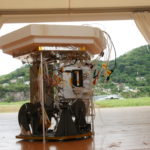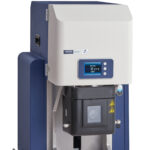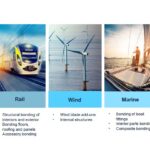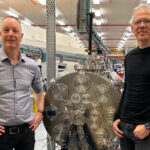About forty balloons filled with measuring instruments will be launched this year from the Indian Ocean to study unknown atmospheric phenomena of the equator. Also CSEM in Neuchâtel participates in the meteorological project.
The neocastellan Swiss Center for Electronics and Microtechnology (CSEM) has designed ultralight photovoltaic panels with composite materials tailored to the mission. This project is French-US and it is called STRATEOLE-2.
The equator, as all meteorologists know, is the place where we can record the most powerful atmospheric phenomena on Earth. Their influence can reach the poles and in part, they are still mysterious. In particular, the interaction between the troposphere and the stratosphere has been little studied in that part of the world.
Experts now want to use pressurized stratospheric balloons developed and created by the French agency Centre National d’Études Spatiales (CNES). The aim, as explained in a statement, is to fill the existing gaps in the subject by studying interactions between the upper troposphere and the lower stratosphere over the equator.
The balloons will be launched at three-year intervals from the Indian Ocean and will go around the planet two or three times, over a period of about three months. During the tour of the world, a multitude of data will be collected, some of thiese will be transmitted live to the World Meteorological Organization.
Reliability and lightness
In order to provide the energy, essential for the operation of scientific instruments, the CSEM has developed custom-made photovoltaic panels, made of ultra-light composite materials conceived in their laboratories. Each balloon will have four to six panels, square or trapezoidal in shape.
The panels were tested in flight “successfully”, during a first test campaign in winter 2019-2020. The ultralight equipment used for the next flights is still in production.
 |
Subscribe now to our quarterly Compositi newsletter
|
Source: Swissinfo.ch















